BINGE EAT > REGRET > REPEAT
Sound familiar?
Picture this >>>
You’ve been good all day. You’ve eaten healthy. You did some exercises this morning. You said no to cake at lunchtime and you are determined to keep on driving when you see the Starbucks sign as you leave work.
Then you get home.
And it all goes wrong.
You are not alone.
Emotional eating has a devastating effect on the self-esteem and health of women worldwide. I have encountered numerous women who have faced this issue over the last year and although each set of circumstances is different, the pattern is always the same.
THE PATTERN OF MINDLESS EATING
First comes the emotional trigger. (A bad day, relationship issues, feelings of low self-esteem etc.)
Next comes the binge or junk eating.
This is followed by self-shaming and guilt: ‘Why did I do that? I’m so stupid. I’ve ruined all my good work. I’m such a mess. I shouldn’t have done that. I feel so bad’.
Later, there are feelings of hopelessness and helplessness. ‘I don’t know why I even try to eat well. It’s pointless. I can’t help myself. I should just give up. I’ve ruined today so I may as well eat what I want.’
This then leads back to more binge eating and so on.
If this sounds familiar to you, I’m here to help you with a six step plan. My plan is based on mindful eating and it is designed to support you in a practical way. I’ve read lots of articles that give useless advice like: just brush your teeth whenever you feel the urge to eat. I strongly dislike advice like this. Even if it does work in the short term, this isn’t really a practical solution to a serious long term problem (although you can end up with really clean teeth!)
Read 5 Sure-shot Ways To Train Your Brain To stop Overeating
This is one of the reasons I became a life coach specializing in women’s wellness. I have a number of strategies which will help you to:
1. Recognize the dangerous ‘binge zones’.
and
2. Avoid eating the things that you don’t really want to eat.
MINDFUL EATING: BREAKING THE EMOTIONAL CYCLE
1. HAVE A PLAN
Before you can begin to exercise control over your eating habits, you need to know what it is you should and shouldn’t be eating. I am not here to give you a diet program, I am uncomfortable even using the word diet in this context, but I will help you to categorize the foods you typically eat into three main areas.
Take a piece of paper and make three columns. Label the columns RED, ORANGE and GREEN. I want you to write all of the foods that you really want to avoid in the red column. Now put all of the foods that you can eat as much as you like of in the green column (try to make this a long list.)
There will be some foods which fall in the middle, which you will allow yourself to eat sometimes. They may not be super unhealthy but they’re also not great for you. Put those items in the orange column.
Now for the fun stuff. At the bottom of your paper write three cheats you are allowed from the red column each week (if it’s too hard, start with five!). Ta daaaa, you have a workable plan. Put this list somewhere visible and cross the treats off as you eat them in the week.
IMPORTANT SIDE NOTE ABOUT CHEATING: I am torn on the idea of cheat eating. I know the pros and the cons but as a life coach I have to put the steering wheel firmly in your hands on this one. If the cheat treats are going to cause you anxiety and stress, eliminate them. If the cheat treats are likely to make your eating plan more realistic and successful, keep them. Simple as that.
2. MINDFULNESS
Mindful eating is the practice of eating with your full attention.
How many times do you eat on the go, in front of the TV, in the car, walking down the street, at your office desk as you work (guilty), as you do household chores, while you are feeding your children (who you make sit at the table)? We are all guilty of absent-minded eating. Often when people eat in this way you hear them say things like, ‘oh, did I finish that?’ or ‘have I eaten dinner already?’
I want you to replace this type of eating with Mindful Eating. When you eat, take time out from what you are doing. Sit down. While you are eating focus on each mouthful and try to eat as slowly as possible. Take smaller bites than usual and chew each bite more. Think about the flavors and allow your mouth to really taste your food. Close your eyes as you take your first bite. It sounds odd at first, I thought so too, but try it. Mindful eating is all about changing the relationship you have with the food you eat. Food is a friend to be nurtured and enjoyed, not a foe to be attacked.
Read How Yoga And Mindful Eating Can Be Beneficial For You
3. UNDERSTAND THE TRIGGERS
There will be certain things that make it difficult for you to keep to your healthy eating plan. It is really important that you take some time to think about your personal food triggers and what usually causes you to binge or junk eat. These are the ‘binge zones’.
I have no way of knowing what yours are but here are a few from my personal past experiences and those of women I have spoken to: boredom, feeling excessively tired, menstruating, having an argument with a partner, staying up late at night, watching a favorite show, having a day off for a holiday, feeling really negative about myself and my body, craving a certain food out of habit, seeing someone else eating something I like.
Whatever your ‘binge zones’ are, they are dangerous areas to be in. Learn to recognize them and then use my strategies to defeat them.
Read Are You Eating Non-Stop? Here’s What You Can Do
4. ACCOUNTABILITY
Support is the most important word in your positive behavior vocabulary. I use the term ‘behavior’ because emotional eating and binge eating is a learned pattern. Studies from The European Journal of Psychology report that it takes 66 days to learn a new habit. New patterns take time, attention and commitment. Sometimes that’s just too much for one person to shoulder alone.
You know yourself. If you know that your chances of success will be greater if you have an accountability partner then this is something you need to acquire. Accountability partners come in many different guises. For some it’s a partner or a best friend, for others it’s a stranger (life coach or someone from a FB group or exercise class) and for some it’s enough to have a photo to look at or an invitation to an upcoming event. Whatever it is, it is something or someone that will motivate you, encourage you and KEEP YOU ON TRACK.
5. AVOIDANCE/DISTRACTION
If you know that certain situations trigger emotional eating, avoid them. I have a friend that I love dearly. She is a great person to be around and I value her friendship and advice but in certain situations she can be very emotionally draining. Because of this, I avoid those being in those situations with her.
If you truly want to sidestep your known triggers you must find ways to avoid the things that put you in that position to start with. This is something that needs careful thought and no-one else can do this for you.
Read How To Break An Emotional Addiction
6. FIND NEW REWARDS
When you eat mindlessly and emotionally you are looking for comfort. You feel bad at first and you eat to make yourself feel better. Finding new ways to treat yourself can combat this. A study carried out by UCLA showed that people experience most success at kicking habits when they take part in pleasurable activities and do them often. You are re-wiring your brain to seek comforts elsewhere in times of stress and reminding yourself that a life without eating the whole tray of cookies can still be enjoyable.
Try this exercise: close your eyes and think of 3-5 things that you really enjoy doing. I’m talking about things that make you truly happy. Reading with your children, talking to a friend on the phone, swimming, going for a drive, listening to certain music, playing with your dog, helping a neighbor, working in the yard, looking around the mall, painting, sewing, reading, running, watching your favorite movie …. When your triggers hit use one of these activities to make yourself feel better instead of eating.
Picture this >>>
You’ve been good all day. You’ve eaten healthily. You did some exercises this morning. You said no to cake at lunchtime and you are determined to keep on driving when you see the Starbucks sign as you leave work.
Then you get home.
THE END
🙂
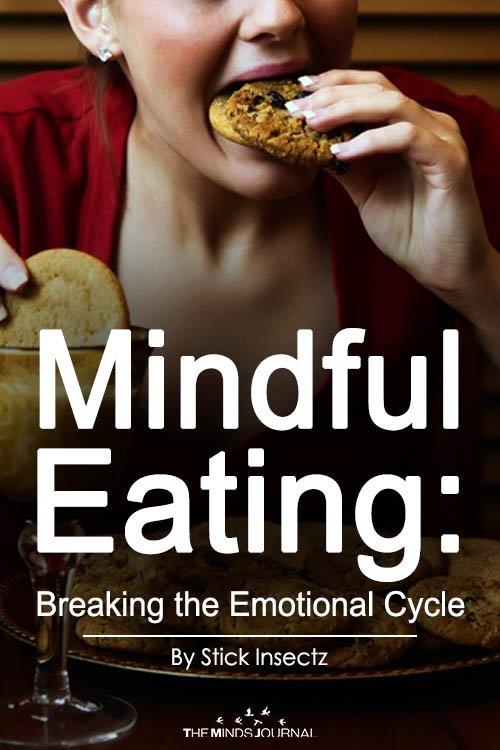
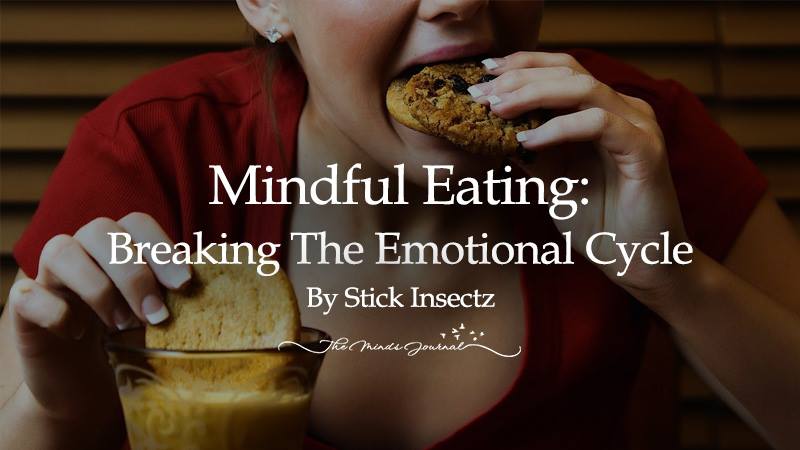

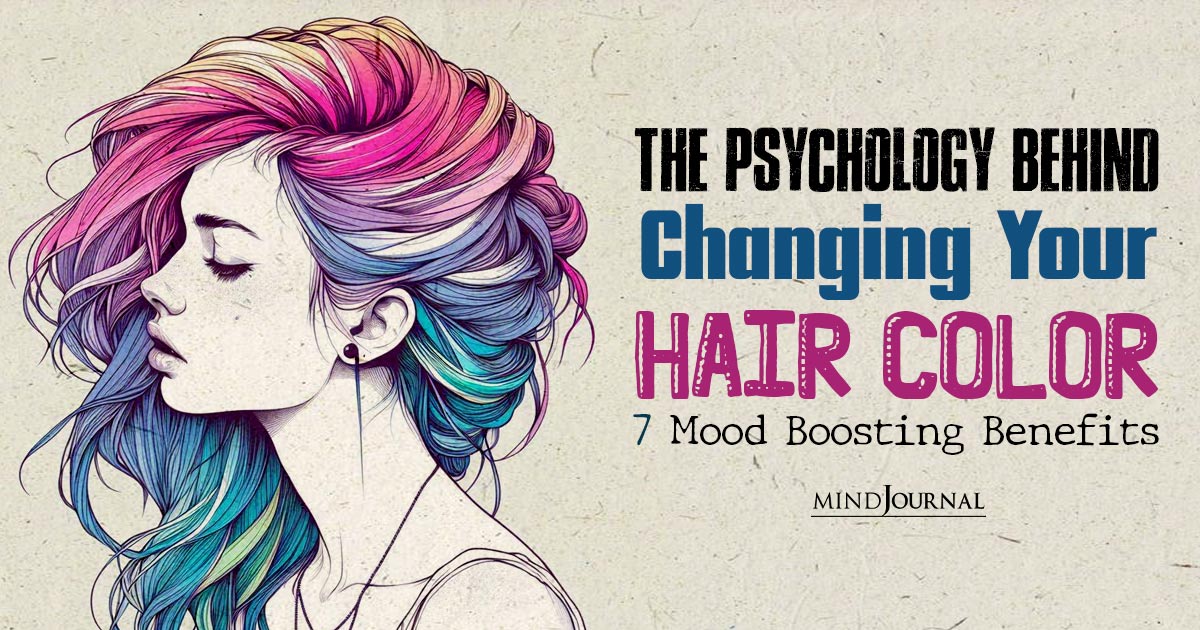


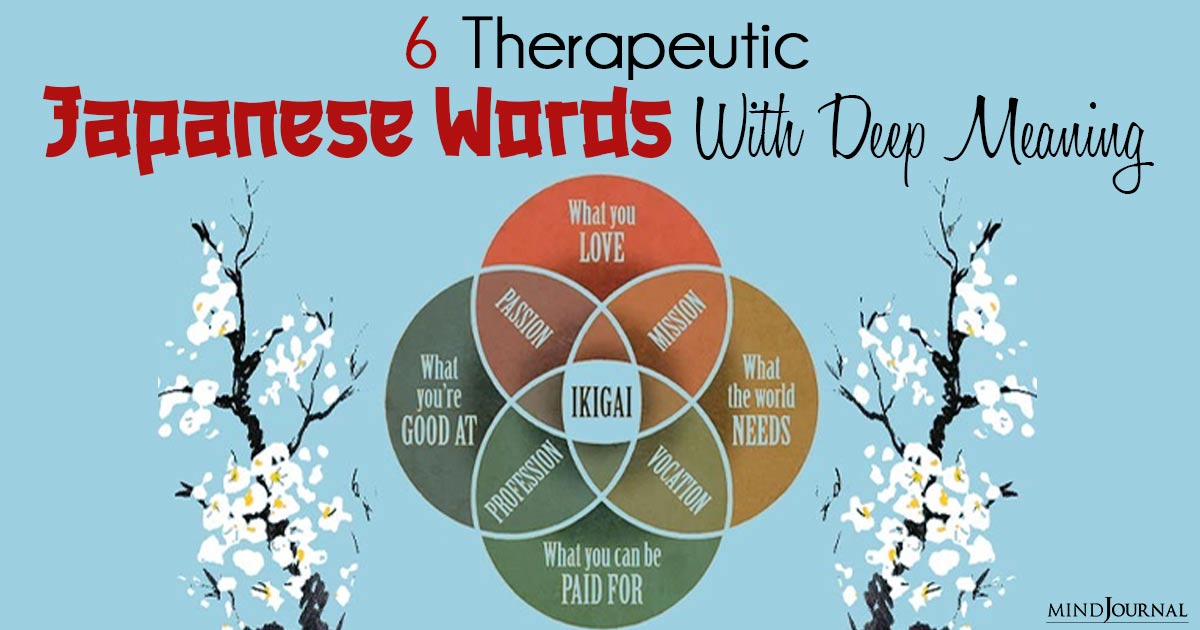

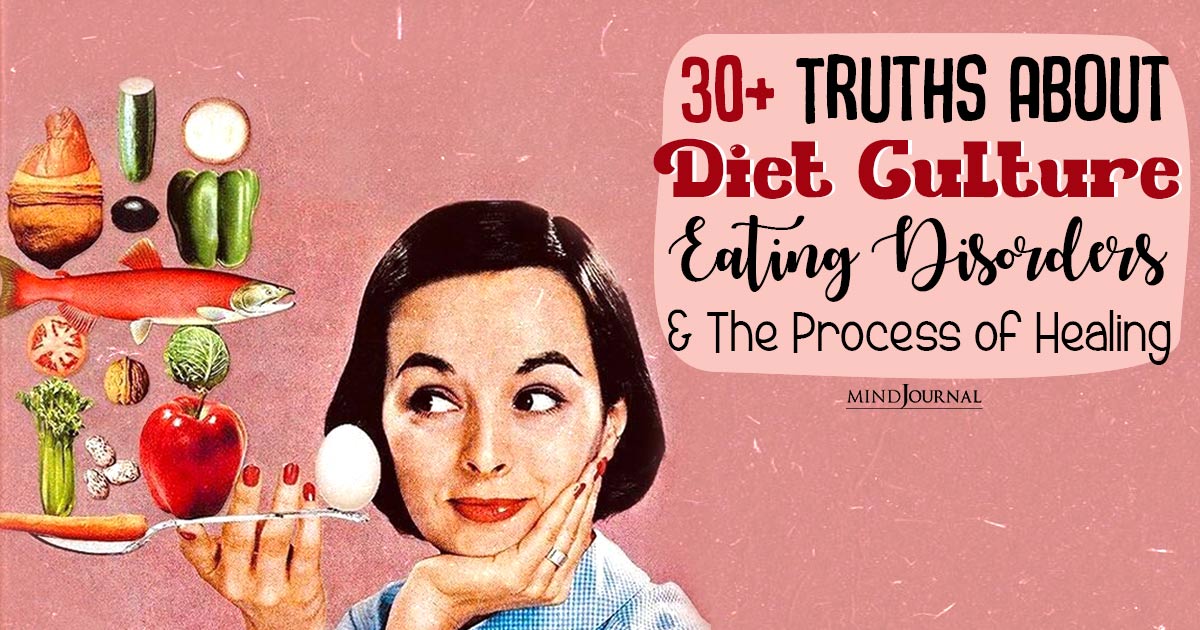
Leave a Reply
You must be logged in to post a comment.